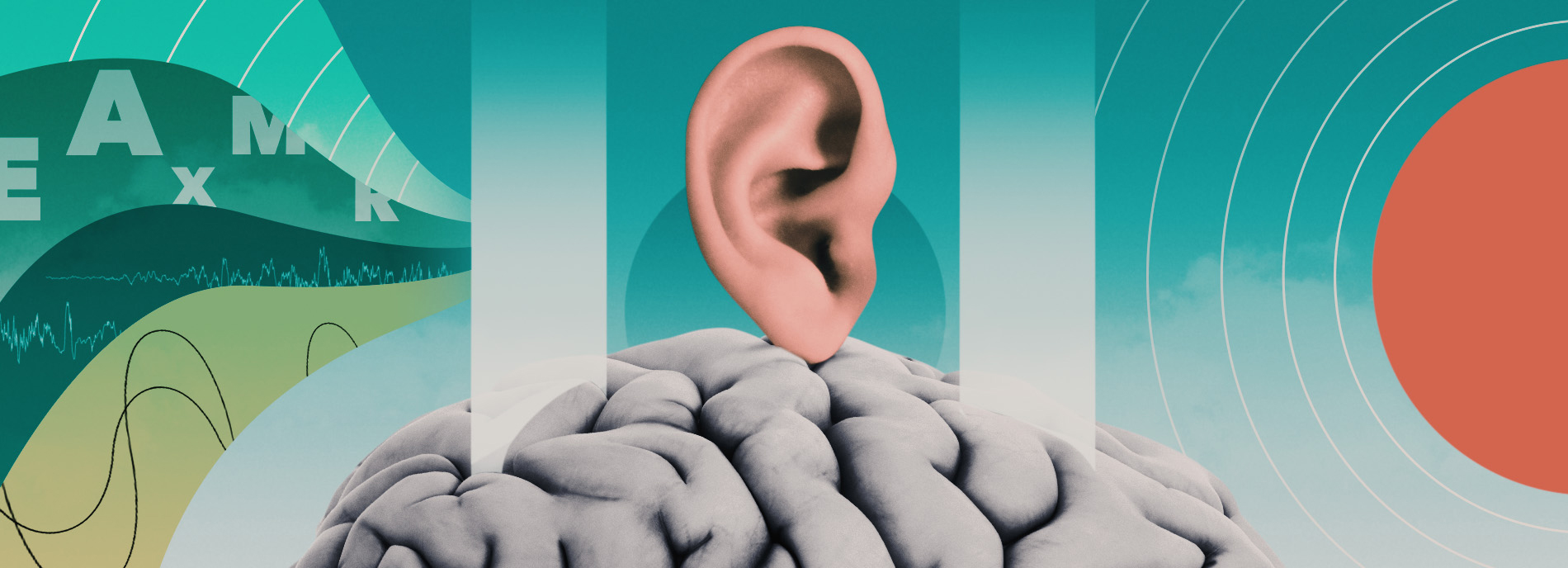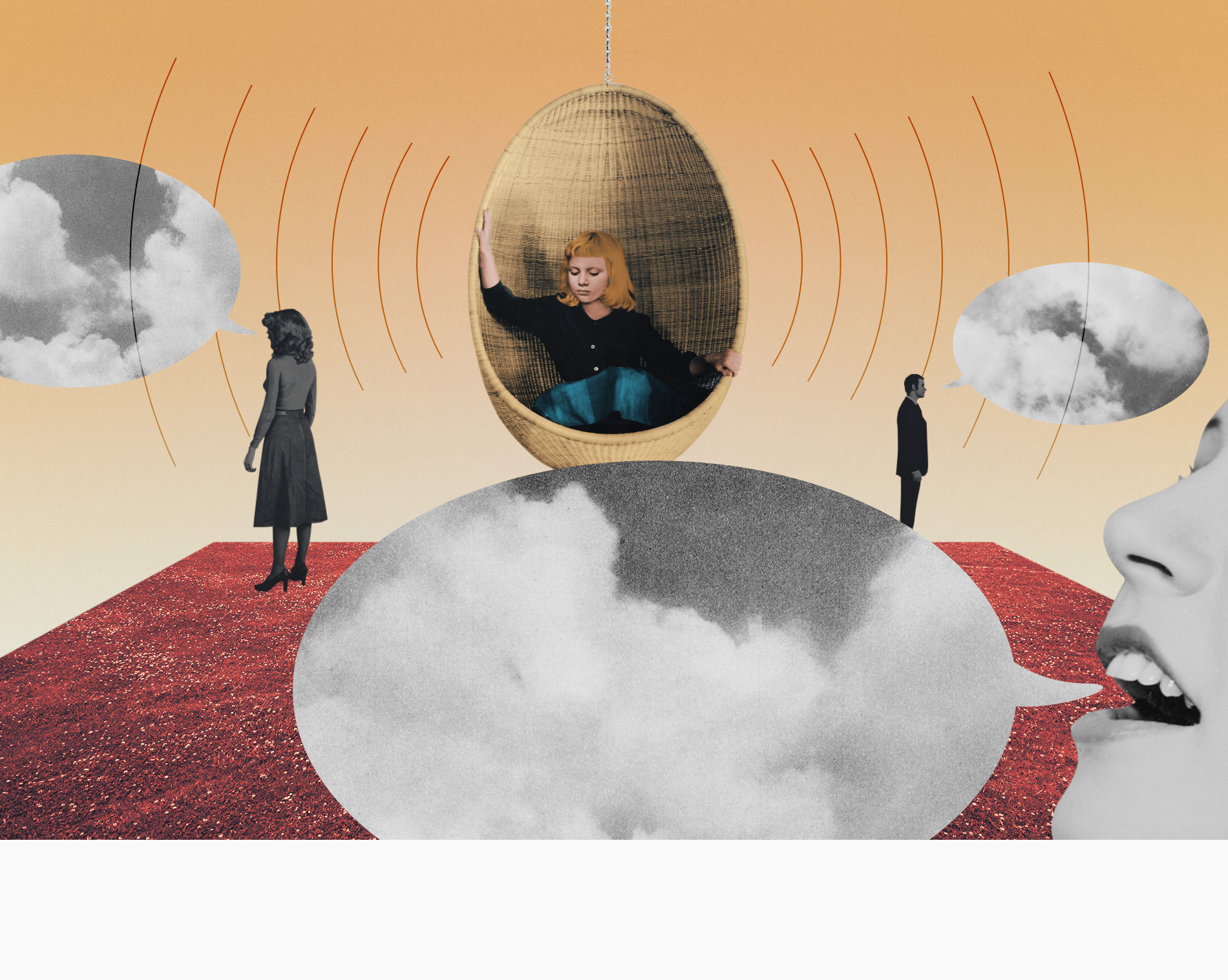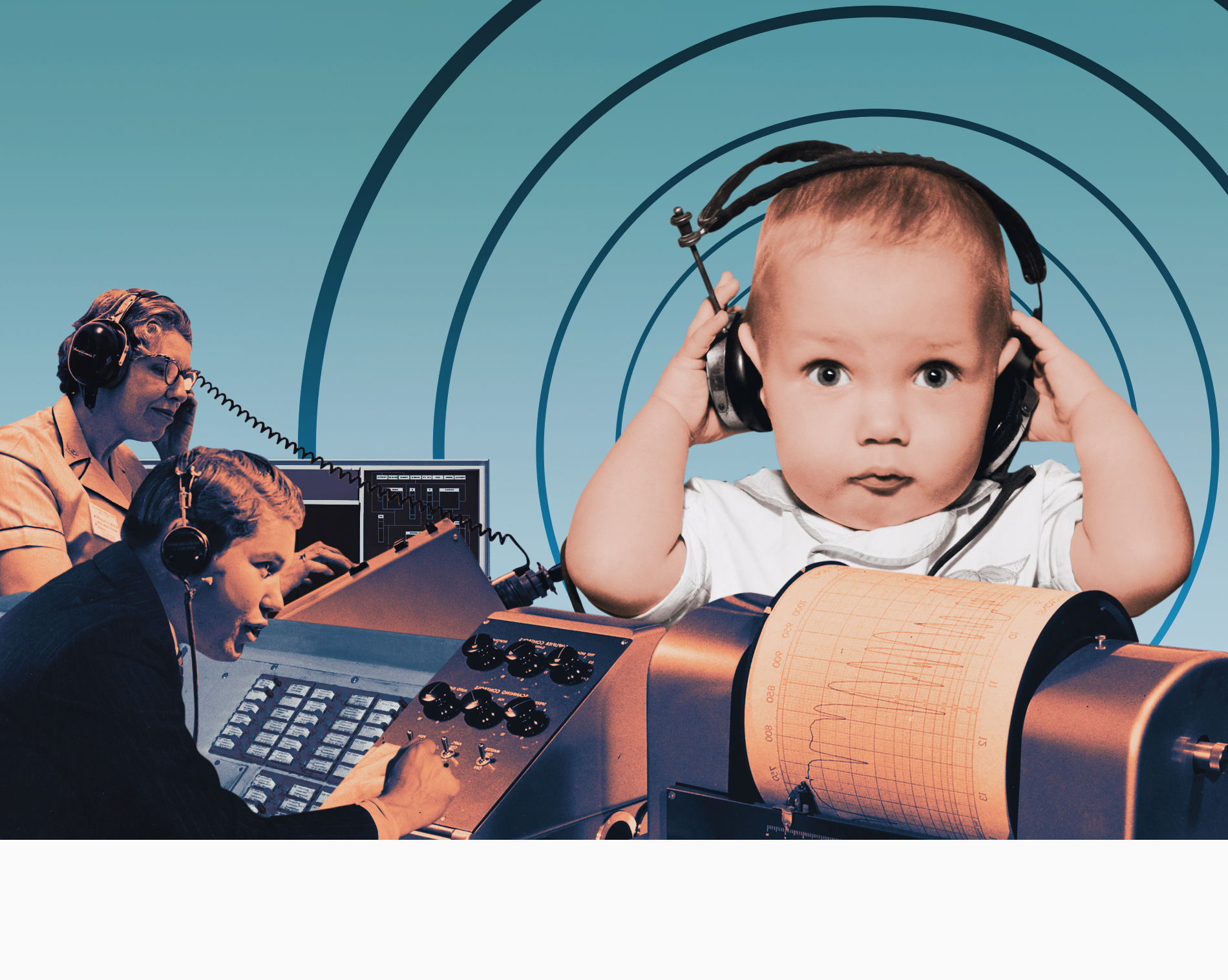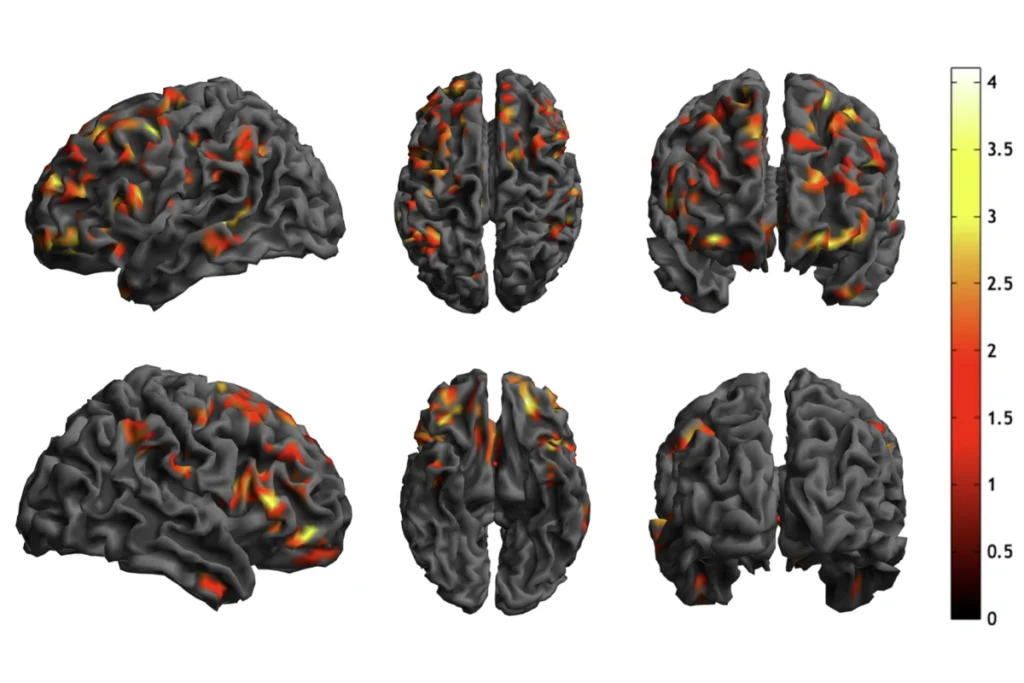A
t the age of 3, Tyler spoke only about five words at a time, often with a stutter. Doctors initially thought he was deaf, and experts diagnosed him with auditory dyssynchrony, a condition that alters how the brain processes sound. But subsequent evaluations revealed that Tyler’s hearing was just fine.Yet as Tyler grew, his speech problems — along with other atypical traits — led to a host of diagnoses, including speech apraxia, dyslexia and attention deficit hyperactivity disorder. His father, Tim, always felt there might be a more cohesive explanation for his son’s melange of issues. (To protect the boy’s privacy, Spectrum is withholding the family’s last name.) Tyler lagged on certain motor skills, such as the ability to walk in a straight line, and had unusual sensory traits, such as a constant need to touch and smell things. “We went down so many rabbit holes trying to figure out if all this stuff was somehow connected,” Tim says.
Late last year, when Tyler was 11, his parents signed him up for a study on speech impairments. The researchers, at the University of California, San Francisco, verified that Tyler’s ears work but found that his brain has trouble discriminating words from background noise. He also struggles to identify rapidly presented sounds, which may be the cause of his slow, halting speech. Taken together with the boy’s sensory traits and delayed motor skills, the researchers wondered if he was on the spectrum. An autism evaluation confirmed their hunch.
It was a revelation to the family. Tyler is sociable and has never had issues with making eye contact, a classic characteristic of autism. “He’d been diagnosed with a hodgepodge of different things,” Tim says. “But [until then], nobody suggested he could have autism.”
A late autism diagnosis such as Tyler’s is just part of the confusion that can arise when hearing problems and autism overlap. Most people know that children with autism can be unusually sensitive to certain noises, such as the roar of a vacuum cleaner or the commotion of a busy shopping mall. Less well recognized is that many people on the spectrum experience hearing difficulties, including conditions that disrupt the brain’s processing of sounds. Just how frequently these difficulties coexist with autism is still unknown. But studies hint that hearing problems are at least three times as common in autistic people as in typical people. Among deaf or hard-of-hearing children, autism occurs in an estimated 4 to 9 percent, compared with only 1 percent of children in the general population, some reports suggest.
Similar biology may underlie some hearing problems and autism, says psychologist Jean Mankowski of the University of North Carolina at Chapel Hill. For instance, premature birth and infections with rubella or cytomegalovirus in the womb are associated with a higher likelihood of both hearing problems and autism. Prematurity, infections or other conditions can alter how neurons form connections in the fetal brain, which in turn may interfere with hearing or contribute to behavioral traits.
Whatever the reasons for the overlap between hearing problems and autism, doctors often conflate the two, causing them to miss one diagnosis or make an incorrect one. They may attribute a young child’s difficulty understanding and producing speech to hearing impairments rather than autism’s hallmark social and communication difficulties. “I’d frequently hear from colleagues, ‘There’s this deaf child who seems to have characteristics of autism, but nobody’s evaluating that,’” says Jackson Roush, an audiologist at the University of North Carolina at Chapel Hill. “Or the other way around: ‘This child seems autistic, but we think it may be more related to hearing loss.’”
If someone has both conditions, it may take years before both are correctly identified. And a failure to make the right diagnostic calls can mean lost opportunities to address a child’s actual needs at the right time. Children who are deaf or hard of hearing already have an increased likelihood of being deprived of language during critical periods of brain development. Throw autism into the mix and those odds likely run even higher, says Aaron Shield, a language acquisition expert at Miami University in Oxford, Ohio.
To prevent children with both conditions from slipping through cracks, investigators are mapping out the overlap to gain insights into how even subtle auditory problems without hearing loss may hinder communication skills. And they are beginning to optimize diagnostic instruments and interventions for deaf and hard of hearing children with autism. “Earlier diagnosis of autism could help parents and teachers be aware of additional support a deaf child with autism might need in order to acquire language,” Shield says.








